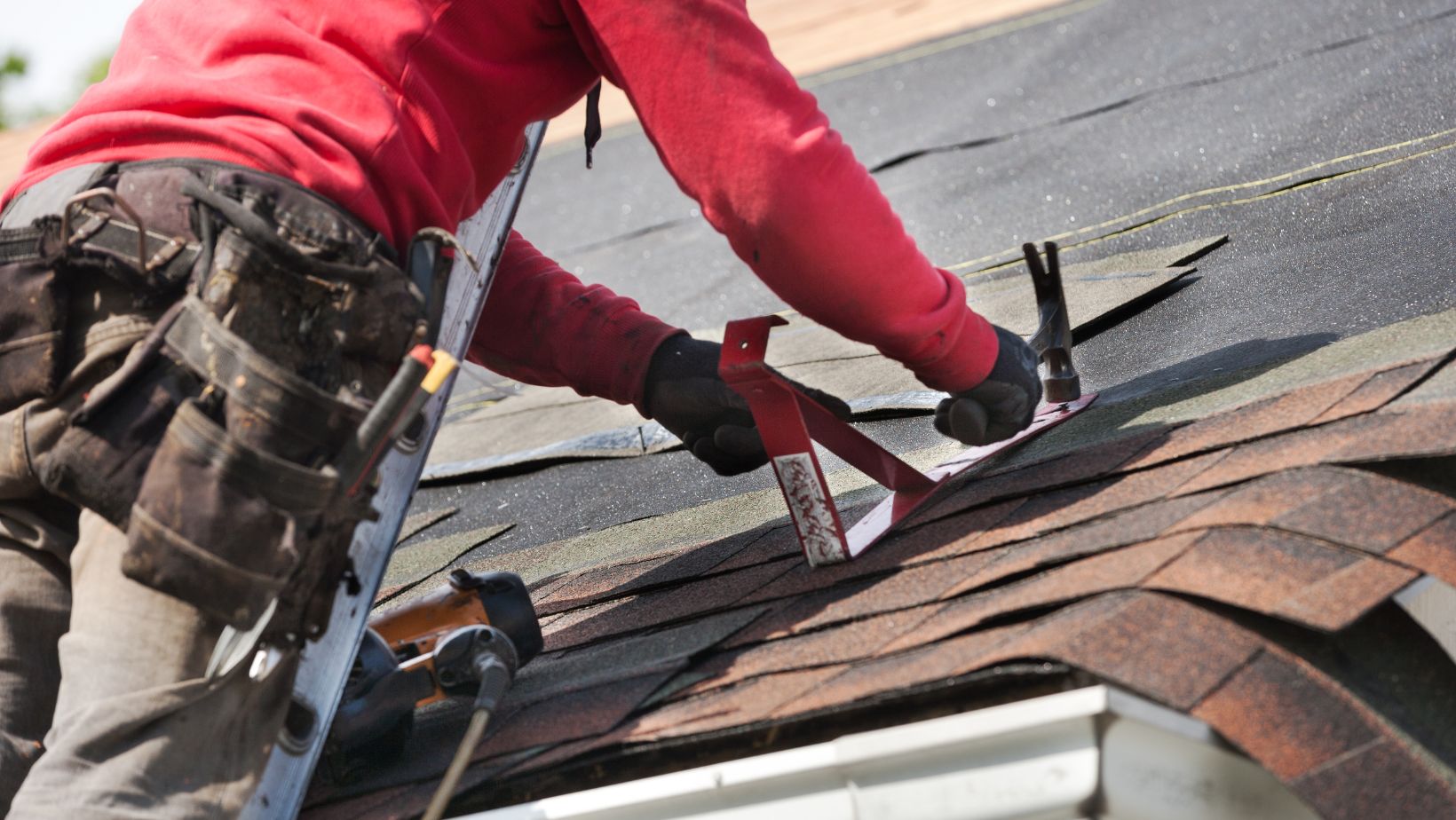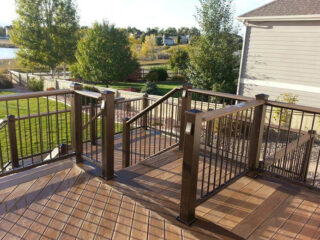
When it comes to roof repairs, choosing the right materials can make all the difference between a quick fix and a long-lasting solution. The roof is one of the most critical components of any building, protecting it from the elements and ensuring the safety and comfort of those inside. With so many options available, from traditional shingles to modern synthetic materials, making an informed choice can seem daunting.
Understanding the advantages and drawbacks of different roofing materials is essential for making a decision that will stand the test of time. This article will guide you through the key factors to consider, helping you select materials that not only fit your budget but also provide durability and longevity. Whether you’re dealing with minor repairs or a complete roof overhaul, the right materials will ensure your roof remains sturdy and reliable for years to come.
Understanding Roof Repair Needs
Determining the requirements for roof repair involves evaluating several key factors that will impact the choice of materials.
Assessing Roof Damage
Identifying the extent of roof damage is essential for effective repairs. Look for visible signs like missing shingles, water stains, and sagging areas. For example, water stains could indicate leaks, while sagging might point to structural issues. Roof professionals use tools such as moisture meters and infrared scanners to detect hidden damage.
| Type of Damage | Indicators |
| Missing Shingles | Visible gaps in roofing |
| Water Stains | Discolored patches on ceilings |
| Sagging | Uneven or drooping roof lines |
Evaluating Weather Conditions
Local weather conditions significantly influence roof material selection. Areas prone to heavy rainfall require materials with excellent water resistance. In contrast, regions with high sun exposure need UV-resistant options. For instance, asphalt shingles perform well in diverse climates, while metal roofs excel in areas with high winds and frequent storms.
Use these evaluations to guide the choice of durable materials, ensuring effective roof repair tailored to specific needs.
Key Materials for Long Lasting Roof Repairs
When considering materials for long-lasting roof repairs, it’s crucial to balance durability, cost, and aesthetic appeal. Each material has unique benefits and limitations.
Asphalt Shingles: Benefits and Limitations
Benefits: Asphalt shingles are popular for their affordability and ease of installation. They come in various colors and styles, making them versatile for many home designs. Asphalt shingles also provide decent fire resistance and can withstand moderate weather conditions.
Limitations: Asphalt shingles typically have a shorter lifespan compared to other materials, around 20 to 30 years. They can be prone to damage from severe weather, such as strong winds or hail. Additionally, asphalt shingles may require more frequent maintenance and replacements, which can add to long-term costs.
Metal Roofing: Durability and Cost
Durability: Metal roofing is renowned for its exceptional durability, often lasting 40 to 70 years. It resists various environmental factors, including wind, rain, and fire, making it a robust choice for long-term roof repair solutions.
Cost: Metal roofing generally costs more upfront compared to asphalt shingles. However, its longevity and low maintenance requirements can make it more cost-effective over time. When choosing metal roofing, consider the initial investment against long-term savings on repairs and replacements.
Clay and Concrete Tiles: Aesthetic and Endurance Factors
Aesthetic: Clay and concrete tiles offer a unique, attractive look that can enhance the visual appeal of a home. They are available in a range of colors and styles, fitting well with various architectural designs, particularly Mediterranean and Spanish-style homes.

Endurance: These materials are extremely durable, often lasting 50 years or more. They resist fire, rot, and insect damage. However, clay and concrete tiles are heavy and may require structural reinforcement of the roof. Their high weight also means they might not be suitable for all roofing structures, making it important to assess compatibility before selecting these materials.
Comparison of Material Lifespan and Cost
Understanding the relationship between material lifespan and cost is crucial for effective roof repairs. Different materials offer varied longevity and expenses, impacting the overall cost-efficiency of the project.
Cost-Efficiency Over Time
Some materials, although initially expensive, offer greater cost-efficiency due to reduced maintenance and longer lifespan. For example:
- Metal Roofing
Metal roofing involves a higher upfront cost compared to other materials, often ranging from $120 to $900 per square (100 square feet). However, due to its durability, it incurs minimal maintenance costs and can last up to 50 years, making it a cost-efficient choice over time. - Asphalt Shingles
Asphalt shingles have a lower initial cost, between $100 and $200 per square. Though more affordable, they typically last 20 to 25 years. The need for periodic replacement increases overall long-term costs despite their low starting price. - Clay and Concrete Tiles
Clay and concrete tiles come with a steeper initial price, from $300 to $500 per square. Their lifespan extends up to 50 years for concrete and up to 100 years for clay, making their long-term cost efficiency very high, even with periodic maintenance.
Lifespan and Maintenance Requirements
Different materials have distinct lifespans and maintenance needs, influencing their overall value for long-lasting roof repairs.
- Metal Roofing
Metal roofs provide a long lifespan of up to 50 years and require minimal maintenance. Repairs are infrequent, involving issues like minor leaks or loose fasteners. The material’s resistance to weather and rot further minimizes repair costs. - Asphalt Shingles
Asphalt shingles last 20 to 25 years, requiring regular maintenance to ensure longevity. Homeowners may need to replace damaged or curled shingles periodically. This frequent upkeep adds to the overall cost and labor. - Clay and Concrete Tiles
Clay tiles last up to 100 years, while concrete tiles have a lifespan of 50 years. Both require regular inspections to spot and repair cracks or chips. However, these tiles are highly resistant to harsh weather, reducing significant damage risks and extending their effective service life.
By considering both lifespan and cost-efficiency, homeowners can make informed decisions for their roof repair needs. Leveraging quality materials like metal roofing or clay tiles enhances long-term performance and value.
Installation Techniques That Enhance Longevity
Correct installation techniques ensure the durability and longevity of roof repairs. The choice of professional or DIY installation significantly impacts outcomes.
Professional vs. DIY Installations
Professional roofing contractors bring expertise, specialized tools, and experience to ensure high-quality roof repairs.

Hiring professionals often results in adherence to industry standards, reduced risk of errors, and warranties for the work performed. According to the National Roofing Contractors Association (NRCA), professional installers follow stringent protocols to ensure the roof’s integrity and longevity.
DIY installations, while cost-saving, require advanced skills, knowledge of roofing materials, and adherence to safety protocols. Improper installations can compromise the roof’s durability and lead to costly future repairs. For instance, DIYers often lack the specific equipment needed for precise installations, such as torque wrenches and seam rollers for metal roofing.
Necessary Tools and Techniques
Using the right tools and techniques is crucial for successful roof repair. Essential tools include:
- Nail Gun: Ensures fast and secure fastening of shingles or tiles.
- Roofing Hammer: Suitable for detailed work and adjustments.
- Chalk Line: Helps in achieving straight, even lines for shingle placement.
- Seam Roller: Vital for metal roofing installations to ensure watertight seams.
- Torque Wrench: Necessary for tightening fasteners to the specified torque on metal roofs.
Specific installation techniques include:
- Proper Nailing: Incorrect nailing can cause shingles to blow off. Use galvanized roofing nails.
- Underlayment Installation: Adding a water-resistant layer under shingles or tiles prevents leaks.
- Flashing: Correct installation around chimneys, vents, and skylights prevents water infiltration.
- Sealing: Use high-quality sealants to close gaps and prevent moisture penetration especially in metal roofing.
For comprehensive guides and expert roofing services, refer to https://idflatroof.com/ where Alex Kazakov provides detailed insights and professional installation services. This platform emphasizes industry-best practices ensuring extended roof life and durability.
Including professional insights and adhering to recommended practices provides homeowners with confidence in achieving long-lasting roof repairs.
Conclusion
Choosing the right materials for roof repairs is crucial for ensuring long-lasting results. Whether opting for traditional materials like asphalt shingles or exploring synthetic options, each choice has its own set of benefits and considerations. Professional installation can provide peace of mind with warranties and adherence to industry standards, while DIY projects demand advanced skills and proper tools. By focusing on correct installation techniques and using essential tools, homeowners can achieve durable and effective roof repairs. For expert insights and services, visiting specialized websites can further enhance the longevity and durability of the roof, providing confidence in repair decisions.






